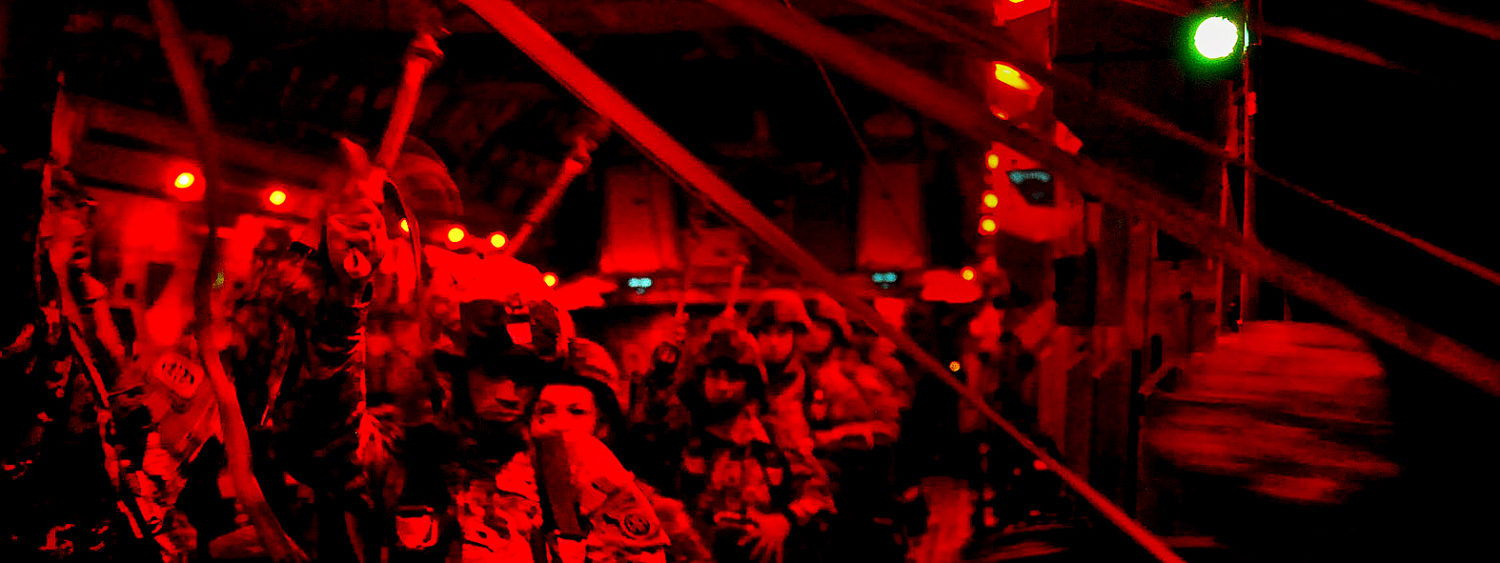Grunts often use the word “love” to describe their feelings for their family of mortal combatants. It is even more pronounced for their leaders. How is this so? Let me try.


Grunts often use the word “love” to describe their feelings for their family of mortal combatants. It is even more pronounced for their leaders. How is this so? Let me try.

Take a deep breath and put your mind in neutral. Yes – Afghanistan has fallen and we left a lot of blood there. No – you and our combat casualties did not serve in vain. You shined a light in some of the darkest places on the globe.

The eyes of a soldier have a different caste than others. They penetrate where others can’t see. They hold images we all wish were not there. The eyes of a soldier communicate much to the viewer. They are attuned to a primordial focus and see with great clarity what others cannot perceive. Windows to the soul, they can be wretched, determined, hoping, wishing, fierce, soft or totally blank. They are the ignition mechanism for the body and its continuous operation. This is the face of the experience of war. Once acquired, it never goes away. It may soften, but it doesn’t disappear. It will be recast at a passing sound, sight, or reflection. The images of moments past well-up from deep within and cast a clear countenance. It’s a look that only some can reflect–those that have been there and done that.

We read every day about the new strategy, plans, and programs to build our defense. This image shows what will or will not permit the “new” plans and programs to succeed or fail. It is called a squad and has been the basis of our Infantry success since time immemorial.

Combat is decidedly mortal to the participants. Leaders, officers, and enlisted soldiers, are charged with execution of orders and the strict adherence to commander’s intent as the responsible agents for the men they serve—both above and below them. Failure to do so in peacetime can be professionally suicidal. Failure to do so in combat may be either suicidal or the key to success. The difference is called judgment. And good judgment is the Holy Grail of any combat unit. One case of leaders on the beachhead, on June 6, 1944, provides a sense through which to view disciplined initiative via calculated disobedience.

I was cleaning out my accumulated files when I came across a series of notes, regarding officers and leadership, accumulated through the years. I had the privilege of learning a lot through my commands of four rifle companies, three Airborne/Ranger battalions, and two Airborne/Ranger brigades. Many of these lessons learned were in garrison, while several more were in combat between 1965 and 1993. Bullets can be an effective teacher of lessons. This article is for those who wish the knowledge, hopefully without the pain.

This is an image of a Grunt at both his finest and his worst. It is Grunts doing what Grunts always do, picking up pieces, moving forward, and gaining the ground that no one else can. It could be Caeser’s 10th Legion with short swords, slings, and shields. Or, it could be today’s finest equipped force in the world clearing some mud-bricked village in the depths of Nowhere, Sandbox. Here, in this image and on this ground, it is all the same. It is the essence of how we arrived at where we are today and where we may be.

When I joined the 101st as a replacement Captain, I was sent to the Screaming Eagle Replacement Training Center (SERTS) for a programmed week of prep before being assigned to a specific unit. On the first day, the Brigade S1 raced up in a Jeep and told me to load my duffle bag and get in the truck. I was replacing part of a company command group that had been killed on the edge of the A Shau. Training was over.
